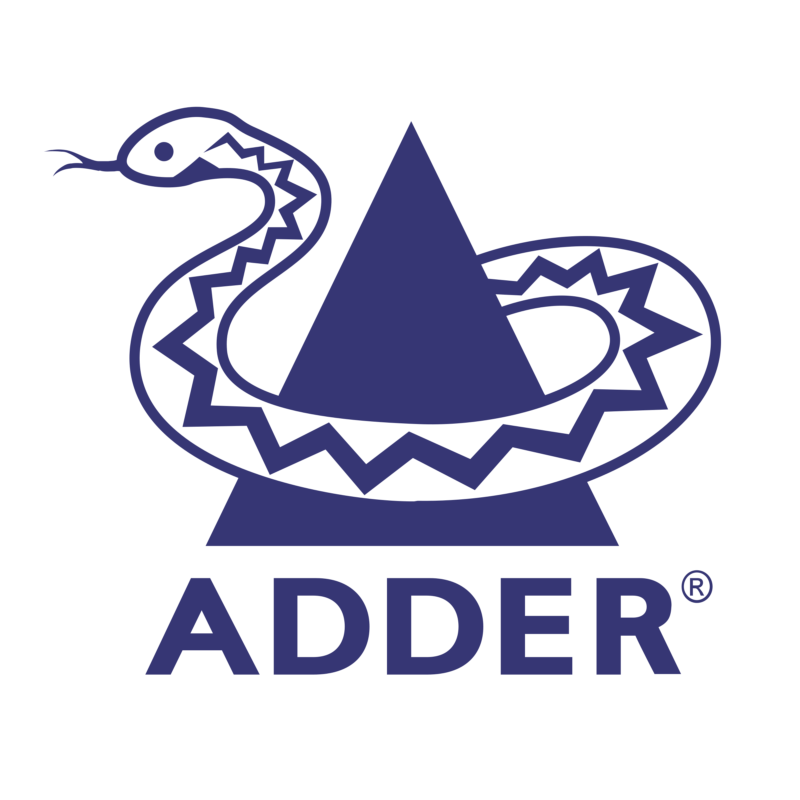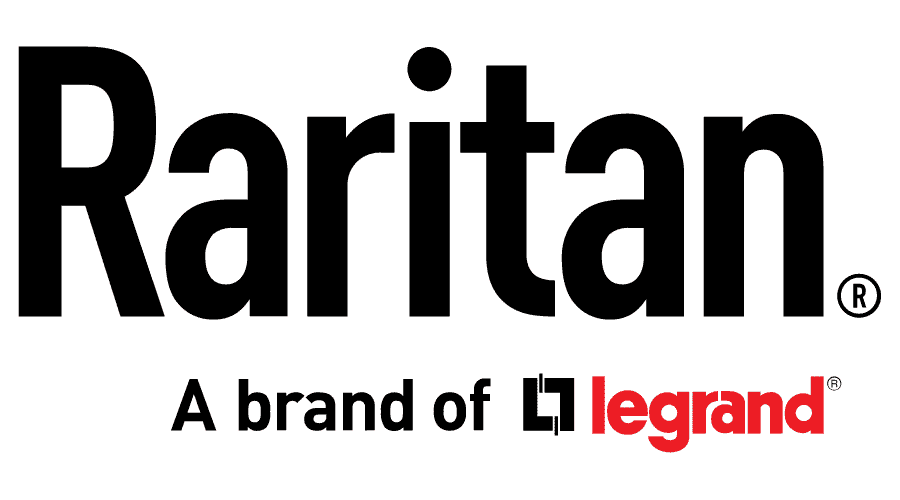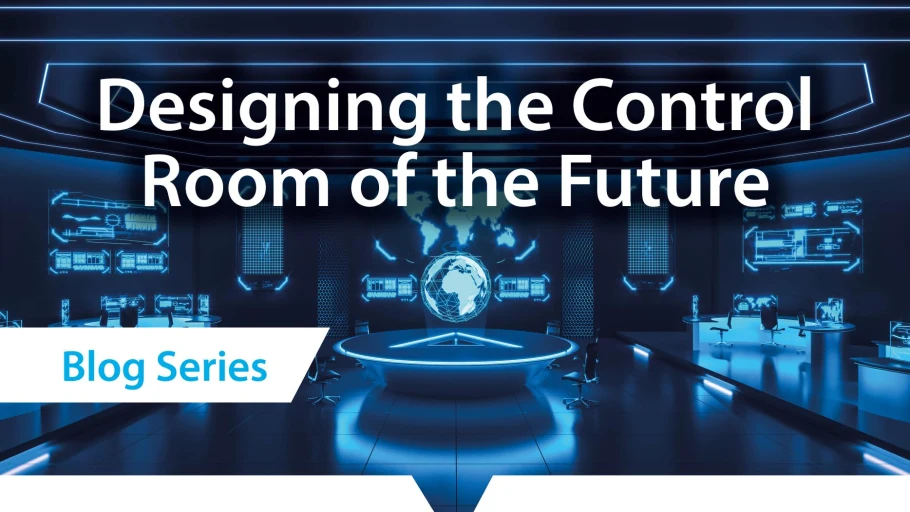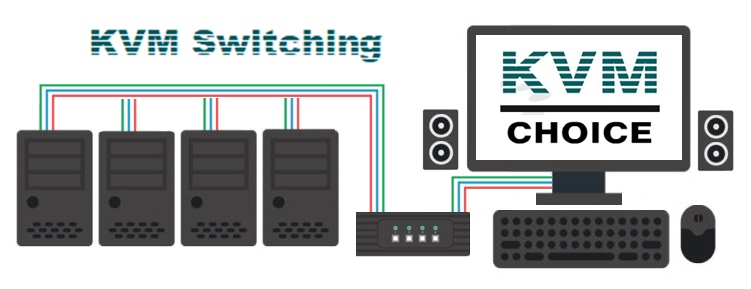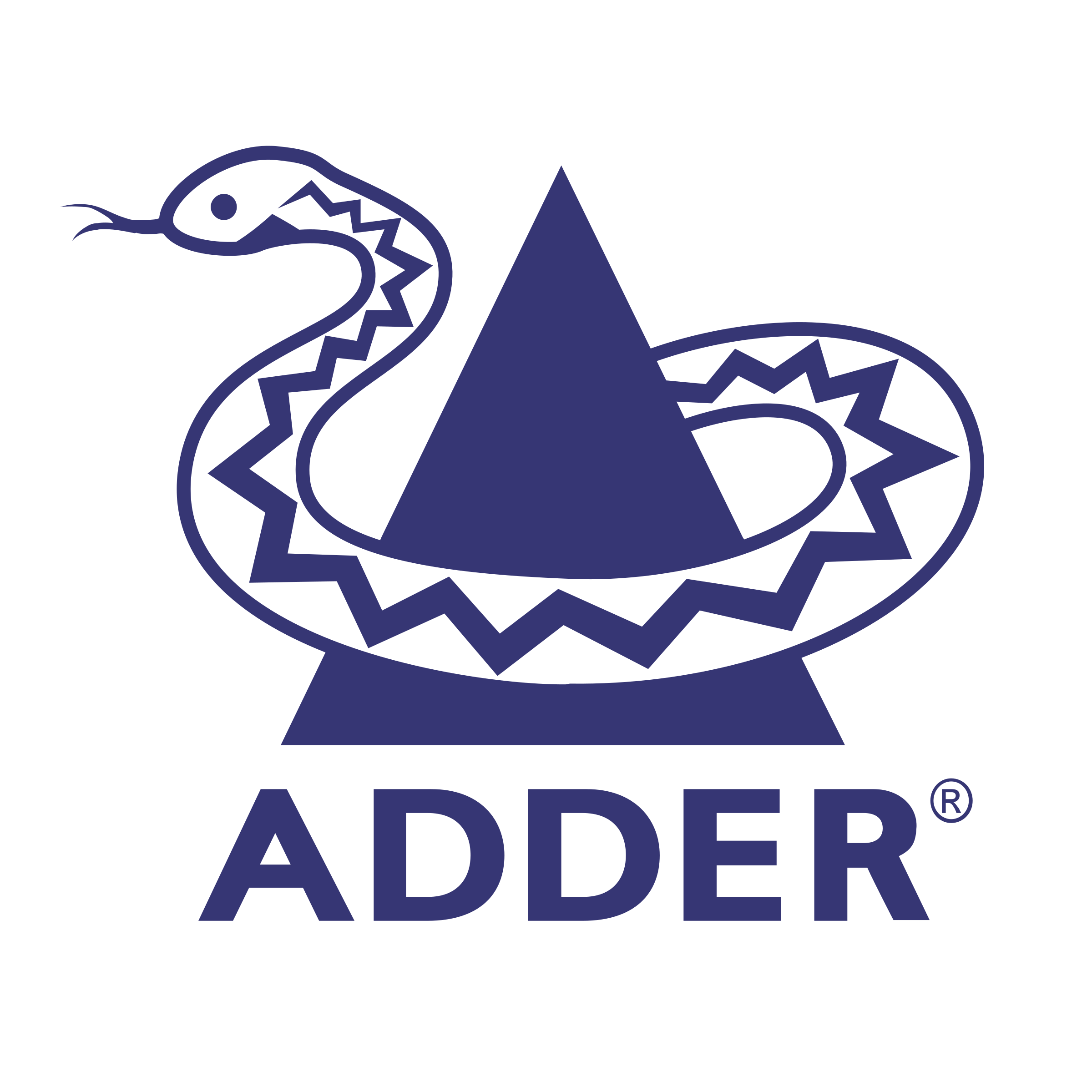Managing tomorrow’s rail network
Data sits at the heart of managing the future development of any rail network, one of the most critical pieces of transport infrastructure across the globe. Game-changing design and infrastructure of both trains and the rail network alike provide whole-system overviews improving rail safety and operations.
Central to this evolution are sensors, which bring exponential increases to the number of data points that enable control rooms to manage entire fleets across nationwide systems. With thousands of sensors per carriage, along tracks, and at crossings and terminals, to name a few, all transmitting thousands of pieces of data every minute, there are tens of billions of data points flowing into the rail control room every day.
The data opportunity
This sheer volume of data brings unparalleled insight. Centralized monitoring can spot emerging faults in-transit, with predictive analytics allowing those in the control room to spot trends and areas of concern which might require action. Such pre-emptive models can not only save disruption through faults and breakdowns but can also avoid potentially serious accidents. Critical to avoiding such a scenario is real-time management of the data, and collaborative sharing of information.
In the event of a problem occurring, the ability to ingest, analyze, and respond to incoming data in real-time becomes paramount. In-field specialists can share video, photography, and voice for centralized support and technical advice – a triage functionality which will significantly cut the time taken to resolve faults.
Remote collaboration can optimize operations through working with local forces and support groups – for example delivery of critical parts through drone-assisted services, where line-of-sight isn’t possible.
Integrating with other services
Should a serious incident occur, there’s likely an urgent demand for integration with the emergency services.
Here, the data gathered from the train as well as the latest information from on-board sensors, can guide respondents to the incident and advise on necessary action.
Details of the incident can be escalated to the emergency services as required which, in turn, can be used to identify priority actions.
The sheer volume of data being generated by the rail network every minute is exponentially improving passenger safety and operational efficiency. Without the foundation of a KVM solution to manage all that data, the opportunity for it to be collaborated upon and understood in real-time simply wouldn’t exist.
To find out more about how KVM solutions are support transport control rooms, or how connectivity solutions can help prepare your control room for the future, download Adder’s latest whitepaper.

